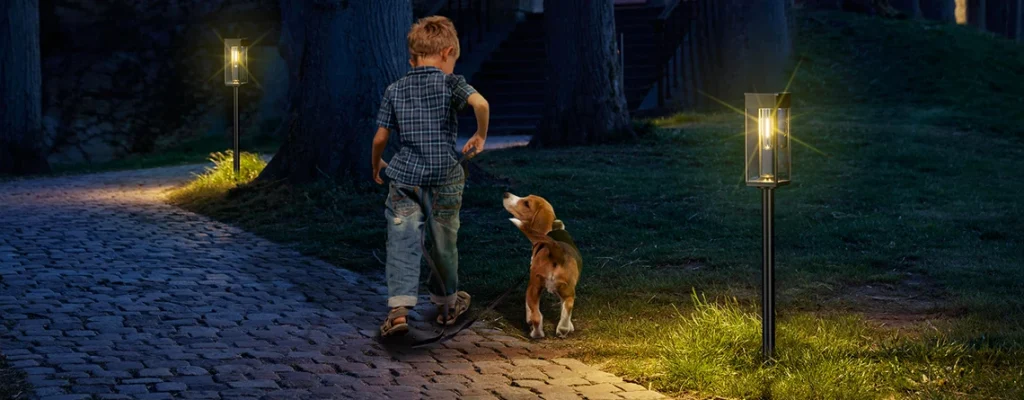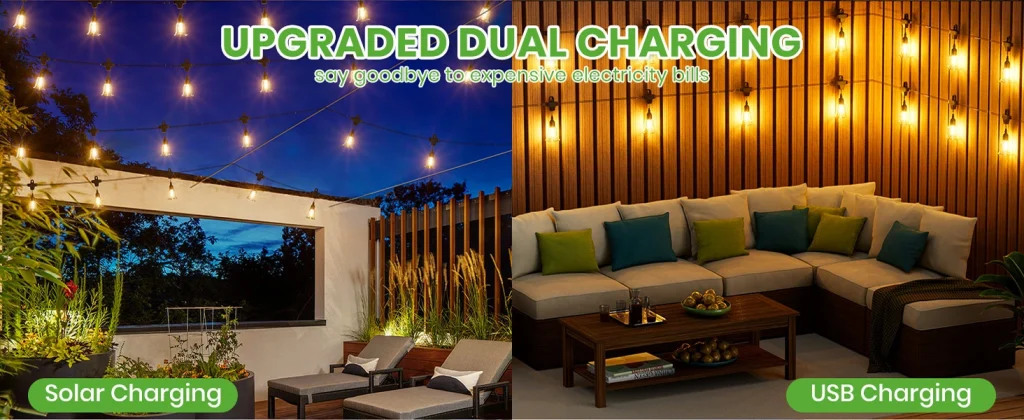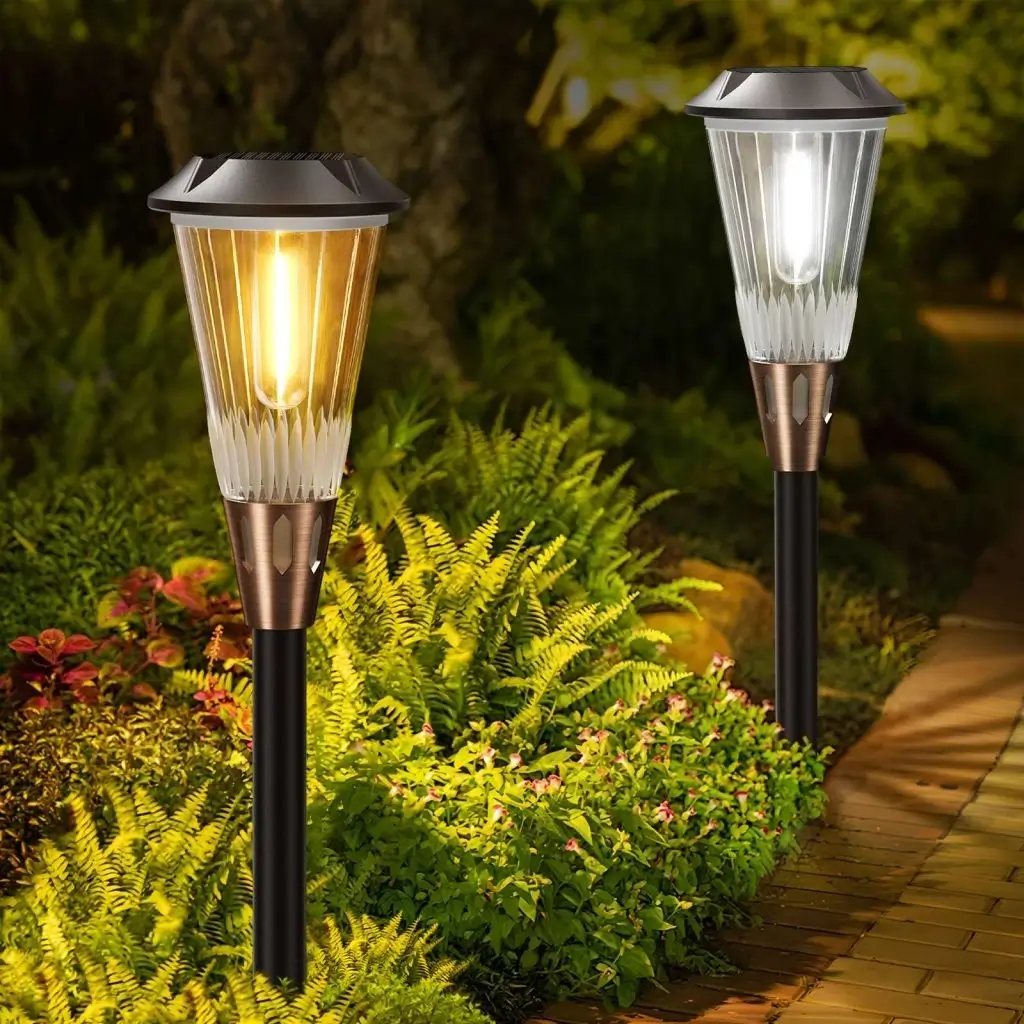I’ve been to enough community art exhibits to know that outdoor ones often rely on bulky, power-hungry spotlights or string lights plugged into the grid. They look great but jack up energy costs and take forever to set up. Lately, I’ve seen posts on r/Art and r/UrbanPlanning buzzing about greener options. Solar-powered lights are stealing the spotlight as a way to create stunning, eco-friendly displays without the mess of wires or high bills. Whether it’s a pop-up in a city park or a permanent setup in a neighborhood square, these lights can turn spaces into glowing art hubs. Here’s how to use solar string lights, spotlights, and decorative lamps to craft low-cost, high-impact light art exhibits that wow.

Creative Ways to Build Light Art
Solar-powered lights offer endless ways to transform public spaces into immersive art experiences. With some creativity, you can use different types to make dynamic, eye-catching installations that tell a story or reflect local culture.
Here’s how to pull it off:
- Light Curtains with String Lights: Drape solar string lights, like Bitpott’s 200-LED strands, over community square fences to form a “light wall.” Program them for patterns—think blooming flowers or twinkling stars—for a mesmerizing backdrop. Each strand runs 10–12 hours after a sunny day, perfect for evening crowds.
- Patterned Projections with Spotlights: Use solar spotlights with custom-cut stencils to project community symbols—like a neighborhood logo or resident-drawn art—onto walls or paths. A 100-lumen spotlight can cast crisp images up to 10 feet away, adding a cultural touch.
- Floating Firefly Effects: Hang solar decorative lamps, such as Luci Inflatable Lanterns, in park trees to mimic a swarm of fireflies. Their soft, flickering glow (50–80 lumens) creates an enchanting, walk-through vibe for nighttime strolls.
These setups turn ordinary spaces into Instagram-worthy art scenes, all powered by the sun.
Practical Tips for Pulling It Off
Running an outdoor exhibit isn’t just about creativity—it’s about logistics. Solar-powered lights make setup easier, but you’ll need some know-how to keep things smooth, cost-effective, and reliable, especially for temporary or multi-day events.
Key operational tricks:
- Choose Portable, Reusable Lights: Opt for detachable solar lights, like Bitpott’s modular pathway stakes or MPOWERD Luci Pro. These can be packed up post-exhibit and reused, cutting costs. A $30–$50 set of eight can serve multiple shows, unlike single-use grid-powered setups.
- Centralize Solar Panels: Place panels in a sunny spot (6+ hours of direct light) and use extension cables to connect to lamps in shaded areas, like under trees or near buildings. A 10W panel can power multiple low-wattage lights, solving placement issues.
- Test Endurance: Before the exhibit, charge lights fully and test runtime (8–12 hours for most models). For multi-day shows or cloudy forecasts, keep spare panels charged as backup to ensure steady glow—nobody wants a dark art piece.
- Weatherproofing: Pick IP65-rated lights to handle rain or dust. Secure panels with stakes or mounts to avoid tipping in wind, especially for temporary installs.
These steps keep your exhibit glowing reliably while staying budget-friendly and green.
Why Solar Lights Shine for Art Exhibits
Solar-powered lights aren’t just a gimmick—they’re a game-changer for outdoor art. They cut energy costs to near zero, unlike grid-powered spotlights that can add $50–$100 to a week-long event’s bill. Setup is a breeze: no digging for cables or hunting for outlets. You just stake or hang them where they look best (as long as panels get sun). Plus, they’re eco-friendly, aligning with the community-focused, sustainable vibe of modern public art.
Potential hiccups to watch:
- Sunlight Dependency: Shaded venues or winter’s short days can limit charging. Plan panel placement carefully or have backups.
- Brightness Limits: Most solar lights max out at 50–150 lumens, fine for ambiance but not floodlights. Pair with reflective surfaces for extra punch.
- Upfront Costs: A quality solar setup might run $100–$300 for a small exhibit, but it pays off over years of reuse.
Reddit users in r/DIY love sharing hacks—like using mirrors to bounce light or scheduling shows for summer’s long days—to maximize impact.

Best Scenarios for Solar Art Displays
Solar-powered lights work best in specific exhibit contexts, depending on your space and goals. They’re versatile but have limits compared to grid-powered systems.
Prime use cases:
- Community Squares: String lights on fences or railings create glowing borders for pop-up shows. Solar spotlights can highlight murals or sculptures with minimal setup.
- Parks and Gardens: Decorative solar lamps hung in trees or along paths craft dreamy, walk-through installations, like firefly trails or glowing orbs.
- Temporary Exhibits: Portable solar lights are ideal for week-long festivals or art fairs—easy to install and pack away without infrastructure.
- Cultural Showcases: Use stenciled spotlights to project local icons or resident art, tying the exhibit to the community’s identity.
For example, a park in Austin used solar string lights to frame a temporary mural exhibit, saving $200 in wiring costs while drawing crowds for its eco-chic vibe.
Wrapping Up: Light Up Communities Sustainably
Solar-powered lights make outdoor art exhibits accessible, affordable, and eco-friendly. They let you skip the grid’s costs and complexity while creating vibrant, immersive displays that pull people in. From string lights weaving starry patterns to spotlights casting local pride, these setups turn parks and squares into must-visit spots. With smart planning—portable designs, sunny panel spots, and weatherproof gear—you can keep costs low and impact high. Solar-powered light art isn’t just green; it’s a way to spark joy and connection in public spaces, making them glow for all the right reasons.


Leave a Reply